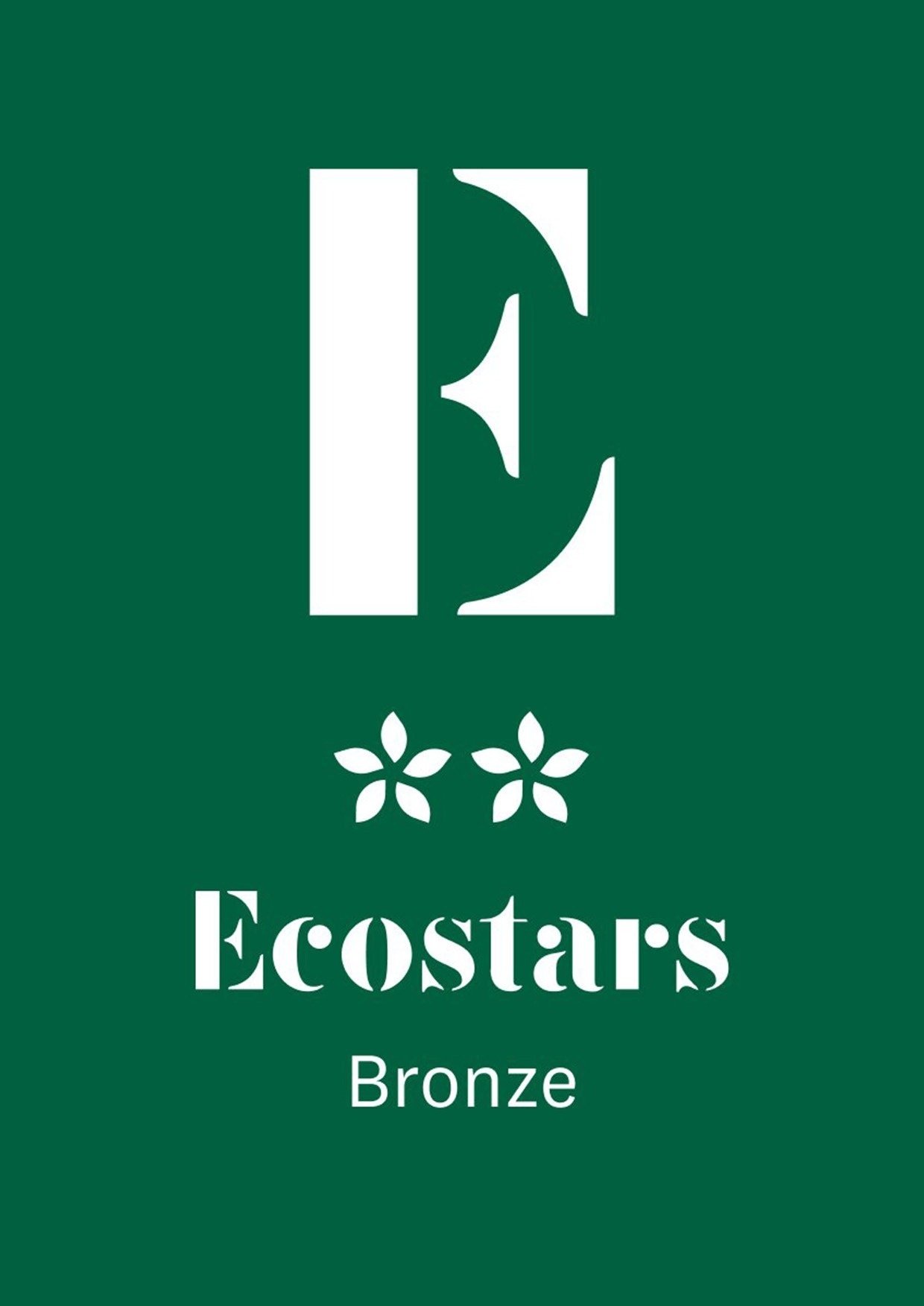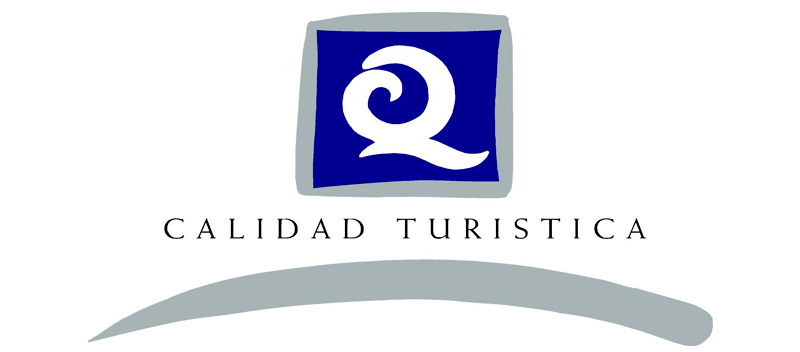DISCOVER
SIERRA DE CAZORLA
SIERRA DE CAZORLA NATURAL PARK
Covering more than 210,000 hectares of land, it is the largest protected natural area in Spain and one of the largest in Europe.
The Sierra de Cazorla, declared a Biosphere Reserve by Unesco in 1983 and Natural Park in 1986, is a combination of steep mountains, crossed by rivers with strong currents that form numerous waterfalls, with overflowing lagoons, sheltered with splendid forests that shroud an extraordinary variety of abundant flora and fauna.
LEARN MORE
The Sierra de Cazorla, declared a Biosphere Reserve by Unesco in 1983 and Natural Park in 1986, is a combination of steep mountains, crossed by rivers with strong currents that form numerous waterfalls, with overflowing lagoons, sheltered with splendid forests that shroud an extraordinary variety of abundant flora and fauna.
LEARN MORE
THE HISTORIC AND THE OIL MUSEUM
The feeling that you get when visiting this mill-museum is like going back in time. There you can imagine the people who used these tools for so many years, extracting oil with great effort.
The oil, once obtained, was deposited in vessels, where water was placed at the bottom. Due to the buoyancy of the oil, it was passed from one to the other, which allowed the impurities to fall to the bottom.
The oil, once obtained, was deposited in vessels, where water was placed at the bottom. Due to the buoyancy of the oil, it was passed from one to the other, which allowed the impurities to fall to the bottom.
HIKING AND MULTIAVENTURE ACTIVITIES
The complex is a good starting point for hiking, due to its location between the olive grove and the mountains. Here, the traditional trails converge, both of the Sierras de las Villas and Segura through Burunchel, as well as those of the Valley through the Puerto de los Arenales, those of Rasos, Ranchales and Espinarea through Puerto del Tejo or Laguna de la Iruela, or those in the highlands of Santiago de la Espada, Nava de San Pedro, la Sarga or Vadillo along the path of Peñonborondo.
These are some of the activities that you can do: horse riding, hiking, canyoning, archery, 4 × 4 excursions, canoeing, bicycle touring, zip line, climbing, rafting, spelunking, and quads.
You can hire 4 × 4 excursions to restricted areas. We recommend the best tourist attractions such as:
Cazorla Adventure
These are some of the activities that you can do: horse riding, hiking, canyoning, archery, 4 × 4 excursions, canoeing, bicycle touring, zip line, climbing, rafting, spelunking, and quads.
You can hire 4 × 4 excursions to restricted areas. We recommend the best tourist attractions such as:
Cazorla Adventure
FISH FARM, BOROSA RIVER VALLEY, CERRADE DE ELIAS ROUTE
Itinerary: Departure from the hotel with your own vehicle arriving at the Fish Farm of the Borosa River (34 km) where you can park easily. You can start the route on foot by accessing the restricted area in the “Charco de la Cuna”, where you will be surprised by the first waterfalls.
Following the river, you will pass through the confluence of the "Trout Stream" with Borosa. Further on, you can find a geosynclinal or folding in the "Bridge of the Caracolillos", to reach the "Vado de los Rosales". From there we can visit "El Cerrada de Elías" (1.2 km) on foot, a magnificent gorge pierced by the Borosa river, with bridges and hanging walkways that will let you enjoy this amazing path. This amounts to 4.5 km of walking route.
Here, you can opt to return and pick up the car or continue until the start of Borosa River (6.5 km more on foot).
Following the river, you will pass through the confluence of the "Trout Stream" with Borosa. Further on, you can find a geosynclinal or folding in the "Bridge of the Caracolillos", to reach the "Vado de los Rosales". From there we can visit "El Cerrada de Elías" (1.2 km) on foot, a magnificent gorge pierced by the Borosa river, with bridges and hanging walkways that will let you enjoy this amazing path. This amounts to 4.5 km of walking route.
Here, you can opt to return and pick up the car or continue until the start of Borosa River (6.5 km more on foot).
TORRE DEL VINAGRE, CERRADO DE UTRERO, HUNTING PARK AND THE STRIDE
Approximate duration: nine hours. Travel: 110 to 125 km.
Itinerary: From the starting point, you will visit the Mirador del Valle, where you can see the entire valley of the Guadalquivir River. The route continues to the historic Puente de las Herrerías from the 15th century. The next stop will be the Path of the Cerrada de Utrero, (ecological path of 1,730 metres, with views of the Linarejos Waterfall and an abrupt gorge, pierced by the Guadalquivir). In the direction of the valley, we will approach the Ethnological Museum of Arroyo Frío and after that, the Nature Interpretation Center and the «Torre del Vinagre» Museum.
Next to the Museum is the Botanical Garden, the stop to visit both places will be approximately one hour. There is the option to visit the Borosa River Interpretation Centre. The next visit will be to the Hunting Park, where you can admire some of the species of the National Hunting Preserve. You will continue to the Tranco Reservoir and then walk along the path of the wildlife park, about 1,600 metres.
Next to the Museum is the Botanical Garden, the stop to visit both places will be approximately one hour. There is the option to visit the Borosa River Interpretation Centre. The next visit will be to the Hunting Park, where you can admire some of the species of the National Hunting Preserve. You will continue to the Tranco Reservoir and then walk along the path of the wildlife park, about 1,600 metres.
VULTURE LEONADO OBSERVATION - START OF GUADALQUIVIR - CHORRO - CERRADA UTRERO
Approximate duration: four and a half hours.
Itinerary: Next to Vadillo-Castril we will begin a path through an impressive limestone gorge, which channels the Guadalquivir River (Cerrada de Utrero). This path is optional.
We can appreciate the beautiful Linarejos Waterfall by car during certain months We will go to the historic 15th-century bridge, Puente de las Herrerías, through the forest track near Arroyo Amarillo to reach the “Start of the Guadalquivir River ”. (at an altitude de 1400 metres). We will go back to Puerto Lorente at almost 1800 metres above sea level and descend to the "Chorro", where it is easy to find vultures. We will continue through “Riogazas”, leaving behind beautiful panoramas of the “Monastery of Montesión”, the “Gilillo”, the “Peña de los Halcones”, the “Hermitage of the Virgen de la Cabeza”, as well as the impressive panoramic view of Cazorla.
Route: total of 90 km, 65 forest tracks.
Itinerary: Next to Vadillo-Castril we will begin a path through an impressive limestone gorge, which channels the Guadalquivir River (Cerrada de Utrero). This path is optional.
We can appreciate the beautiful Linarejos Waterfall by car during certain months We will go to the historic 15th-century bridge, Puente de las Herrerías, through the forest track near Arroyo Amarillo to reach the “Start of the Guadalquivir River ”. (at an altitude de 1400 metres). We will go back to Puerto Lorente at almost 1800 metres above sea level and descend to the "Chorro", where it is easy to find vultures. We will continue through “Riogazas”, leaving behind beautiful panoramas of the “Monastery of Montesión”, the “Gilillo”, the “Peña de los Halcones”, the “Hermitage of the Virgen de la Cabeza”, as well as the impressive panoramic view of Cazorla.
Route: total of 90 km, 65 forest tracks.



